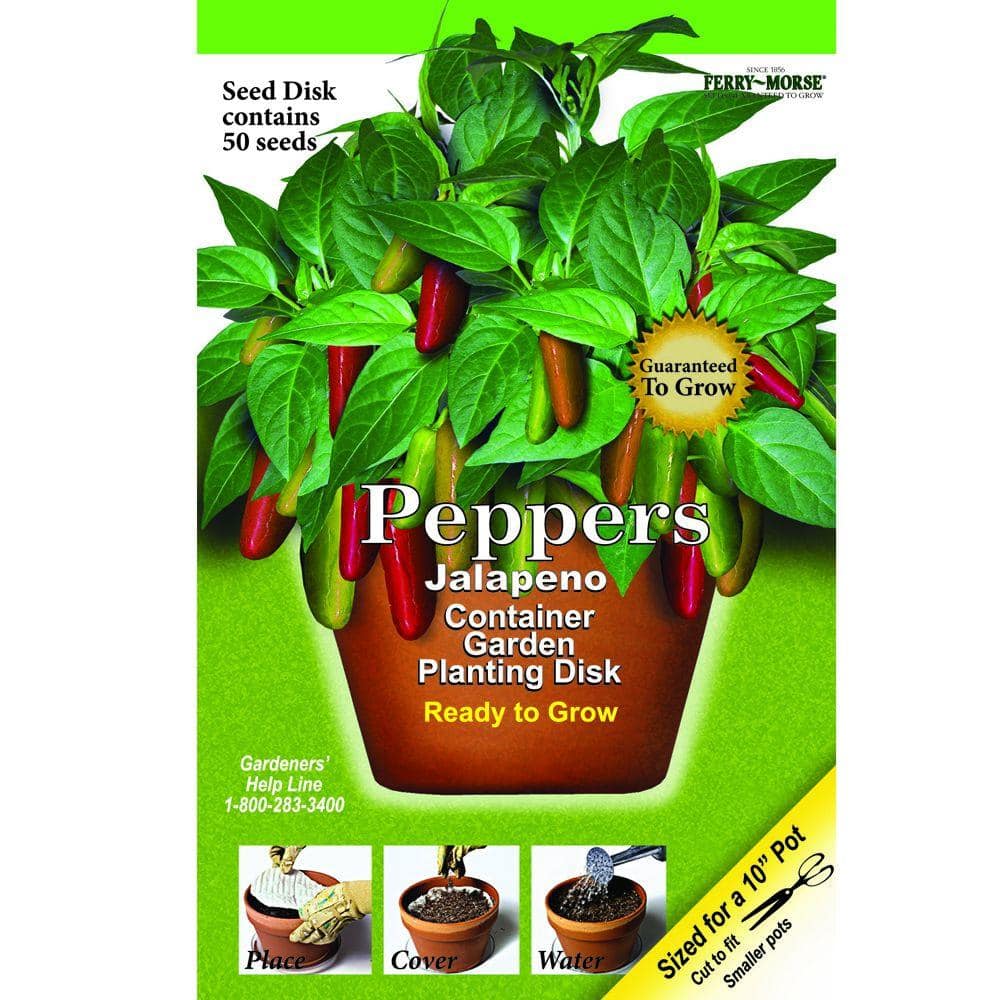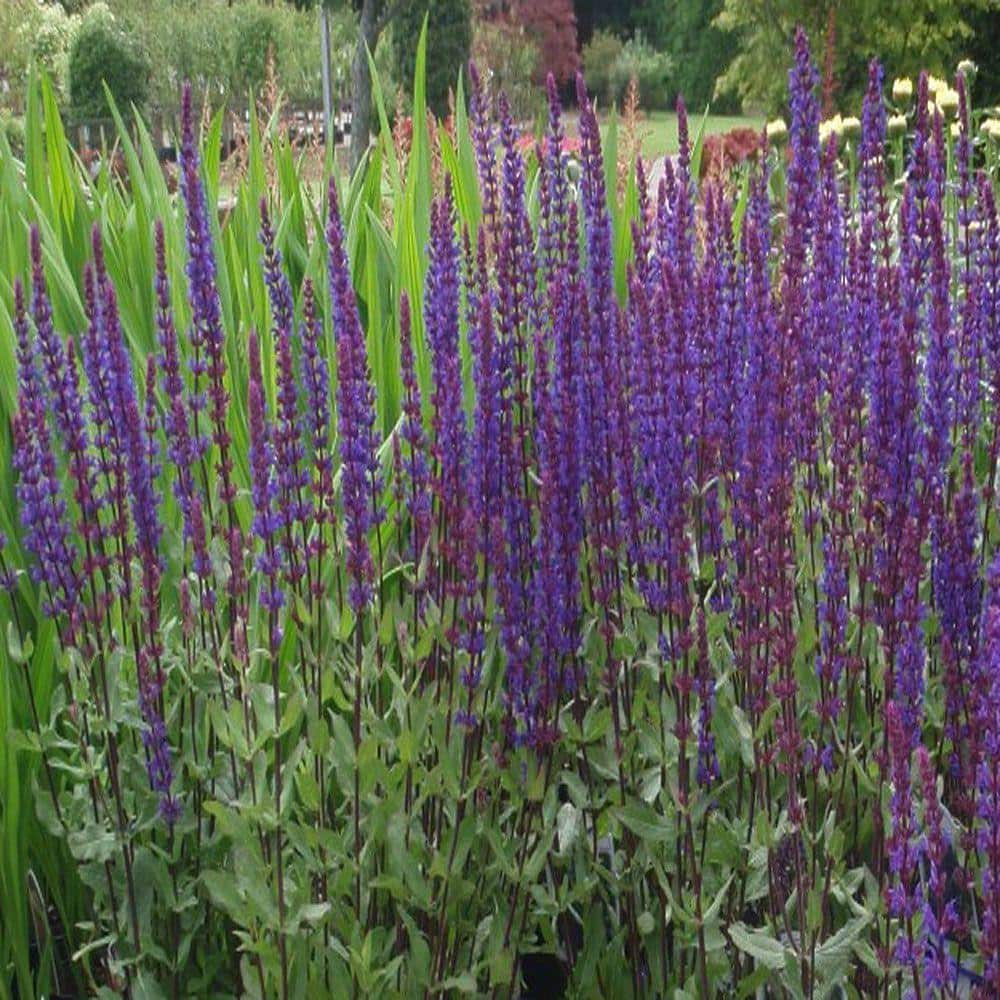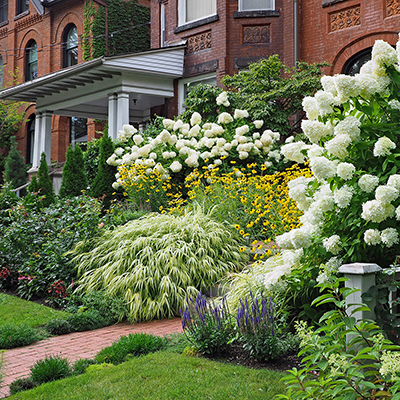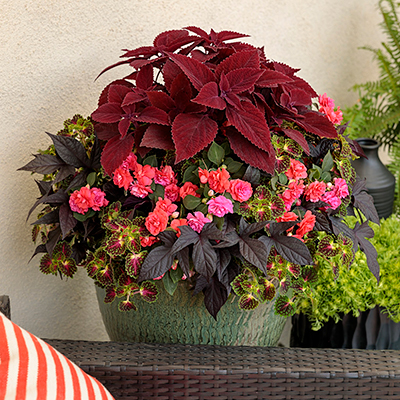Discover New Plants of the Year

Last updated January 23, 2025
Discover stellar new plants for your garden when you try out the National Garden Bureau's Plants of the Year. Each year, the horticulture marketing bureau selects a houseplant, a bulb, an annual, a perennial, a shrub and a vegetable to promote.
The Plants of the Year program educates home gardeners about plants available in garden centers. From houseplants to vegetables and all the beautiful plants in between, these top picks are worth bringing to your home and garden.
The 2025 plants of year are monstera, caladium, calendula, asclepias (milkweed), dogwood and peas. Read on for details about growing these plants in your garden.
Table of Contents
Houseplant of the Year: Monstera
Bulb of the Year: Caladium
Annual of the Year: Calendula
Perennial of the Year: Asclepias (Milkweed)
Shrub of the Year: Dogwood
Vegetable of the Year: Pea
Houseplant of the Year: Monstera

Popularly called Swiss cheese plant or split-leaf philodendron, monstera is a member of the Arum family. This tropical beauty features large heart-shaped leaves that develop clefts and perforations as they mature.
In their native tropical habitat, some cultivars can be up to 18 inches wide on vines that reach high into the rainforest tree canopy. In the U.S., monstera thrives in hardiness zones 10 and 11. In other zones, it’s a popular houseplant.
In your home, monstera needs bright light year-round. In winter, supplement with grow lights. If light is inadequate, the plant will not form the very desirable perforations. Give monstera warm room temps and medium to high humidity.
Once your monstera is acclimated to your home, it will usually tolerate varying light and humidity conditions. These tender plants can’t handle temperatures below 50 degrees Fahrenheit.
Tip: Monstera plants are toxic to humans, cats and dogs.
Bulb of the Year: Caladium

Who needs flowers when you can grow colorful caladiums? These bold and bright plants feature spade-shape leaves with patterns ranging from mottled to veined to striped in pinks, reds, whites and greens.
Caladiums grow from tuberous corms called bulbs and can thrive indoors and out. In the garden, they're hardy in USDA growing zones 8 to 12. If you get them in the ground or containers early in the season, you can enjoy caladiums right up until the first frost. They thrive in hot and humid conditions and depending on the cultivar, can handle a range of light conditions, from sun to shade.
Indoors, caladiums last longer than they do outdoors. However, the leaves will die back during the plant's dormant season. Keep caladiums away from drafts like air conditioning vents and fans. In your home, caladiums grow best in humid environments like a bathroom.
Interestingly, 90 percent of the world’s caladium crops are grown in Lake Placid, Florida. This town is known as the Caladium Capital of the World.
Tip: In the Garden Center, look for caladium bulbs that you can plant directly into containers or your garden, and mature caladiums in pots ready to take home. When the plants finish blooming, separate the bulbs from the soil, let dry and store in a cool, dry place for the next year.
Annual of the Year: Calendula

Calendula, sometimes called pot marigold, is an ancient plant admired for its beauty and practical uses. This Mediterranean native's petals serve as a source of yellow dye, earning it the nickname "poor man's saffron."
Calendula is an annual throughout most of the country, but perennial in zones 9 to 11. Calendula is easily grown from seeds directly sown in early spring when light frost is still possible. Sow calendula seeds every two to three weeks until early summer for the best fall flowers.
Calendula is an important bloom in pollinator gardens. Its flowers support beneficial insects like pirate bugs and micro-wasps.
Like many flowers that bloom in fall, you can pinch back the young plants to encourage fuller growth. Plants are susceptible to mildew. For this reason, try to water close to the soil level.
Tip: In hardiness zones 8 to 10, you can direct sow calendula seeds in early autumn.
Perennial of the Year: Asclepias (Milkweed)

Asclepias is widely known as milkweed. These native perennials take their common name for the sticky, milky substance that exudes from damaged stems.
Milkweed is a food source for butterflies, including the monarch butterfly. In fact, milkweed plants are the exclusive food source for monarchs. The diminishing number of milkweed stands throughout the U.S. is cited as a cause for monarchs' population decline. For this reason, consider planting milkweeds in your garden space and support pollinators this year.
There's a great variety of milkweeds available throughout the country. The Xerces Society for Intertebrate Conservation provides information on the right milkweeds for your region. Native plant sales and swaps are a good way to get hard-to-find plants suited for your area.
Two new cultivars of milkweed that you may find your area are swamp milkweed and butterfly milkweed.
- Swamp milkweed (Asclepias incarnata) has fragrant, pink flowers. Look for cultivars like 'Cinderella', 'Ice Ballet' and 'Soulmate'.
- Butterfly milkweed (Asclepias tuberosa) has bright orange and gold flowers.These fragrant blooms are a smart choice for full sun garden borders. Look for cultivars like 'Hello Yellow', 'Western Gold Mix' and 'Prairie Gold'.
Avoid planting tropical milkweed in your garden. National Garden Bureau advises that tropical milkweed can host a parasite that harms the flight ability of monarchs.
Grow asclepias from seed, dormant roots or live plants. They thrive in poor soil and full sun. Once established, they're low maintenace, long-blooming perennials.
Tip: Start with about five milkweed plants in your garden and bring the butterflies into your landscape.
Shrub of the Year: Dogwood

Dogwoods can be both a shrub and a tree. The taller versions have beautiful form, attractive bark and flowering bracts.
The shrub versions have these features and, bonus, some varieties have flashy red stems in winter. Shrubs and trees are both longtime favorites for home landscapes.
If you're bringing more native species into your garden to support pollinators and beneficial wildlife, consider including native dogwoods like Cornus florida in your plans. Dogwoods are understory trees and thrive in part shade.
Other dogwoods for home landscapes include Pagoda dogwood (Cornus alternifolia) and Kousa dogwood (Cornus kousa).
Look for these types of shrub dogwoods: Tatarian dogwood (Cornus alba), Red Twig dogwood (Cornus sericea) and Gray dogwood (Cornus racemosa).
Red twig dogwood makes a stunning plant in a winter landscape. It grows in hardiness zones 2 to 9, and you'll get the best color in the coldest growing zones.
Dogwood trees and shrubs both prefer moist soils and are smart choices for rain gardens.
Tip: Dogwood blight, or anthracnose, can affect some dogwood cultivars. If you've lost dogwoods to blight, look for disease-resistant varieties for your landscape.
Vegetable of the Year: Pea

The vegetable of the year, peas, is known to every kid who ever chased the round green balls around their plates. Lucky for us, there's a wide variety of peas and pods to grow in your home garden and they taste great.
Peas are a protein-rich vegetable native to the Mediterranean. These tasty legumes are beneficial to the ecosystem as well as on the plate. Pea plants capture nitrogen from the air and create their own fertilizer. They leave the soil better than when they started and improve the environment for the surrounding plants. That's why peas are used as cover crops, in order to fix nitrogen in the soil.
Peas can be row crops or trellised in your garden. They're cool weather crops that can be grown in spring or fall.
Three types of peas:
- Snow peas have a flat, edible pod with small berries.
- Snap peas have sweet, edible pods with a kid-pleasing sugar content.
- English (shelling) peas have inedible pods, but flavorful berries. They're delicious fresh from the pod, and are the types used in canning and freezing.
In your garden, direct sow peas in spring once the soil temperature reaches 40 to 50 degrees Fahrenheit. This is often before the last frost in spring.
Peas mature quickly. Most varieties are ready to harvest within 75 days, with some coming in around 52 days.
Tip: Peas are self-pollinating crops. You do not need insects to set fruit on these plants. This makes them ideal for balcony and rooftop gardens.
Plants of the Year

The 2025 Plants of the Year are the latest picks from the National Garden Bureau. Check out previous years' crops to inspire your next garden project.
2024 Plants of the Year:
- Houseplant: African violet
- Bulb: Lily
- Annual: Angelonia
- Perennial: Hosta
- Shrub: Buddleia
- Vegetable: Squash
2023 Plants of the Year:
- Houseplant: Orchid
- Bulb: Amaryllis
- Annual: Celosia
- Perennial: Rudbeckia
- Shrub: Spirea
- Vegetable: Broccoli
2022 Plants of the Year:
- Annual: Verbena
- Perennial: Phlox
- Shrub: Lilac
- Bulb: Gladiolus
- Houseplant: Peperomia
- Vegetable: Salad Greens
2021 Plants of the Year:
- Annual: Sunflower
- Perennial: Monarda (bee balm)
- Shrub: Hardy hibiscus
- Bulb: Hyacinth
- Vegetable: Green bean
2020 Plants of the Year:
- Annual: Lantana
- Perennial: Lavender
- Shrub: Hydrangea
- Bulb: Iris
- Vegetable: Corn
Look to the Plants of the Year lists for top quality plants that perform well in your garden and home. When you're ready to purchase plants, seeds or potting soil, The Home Depot delivers online orders where you need them.


































